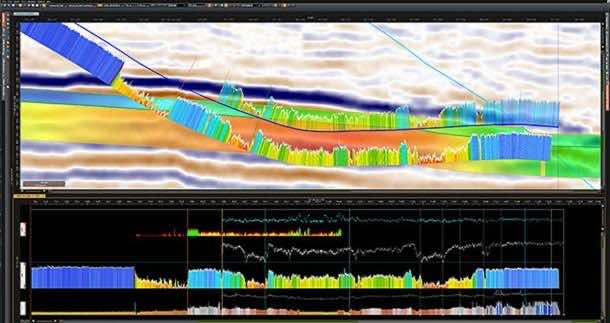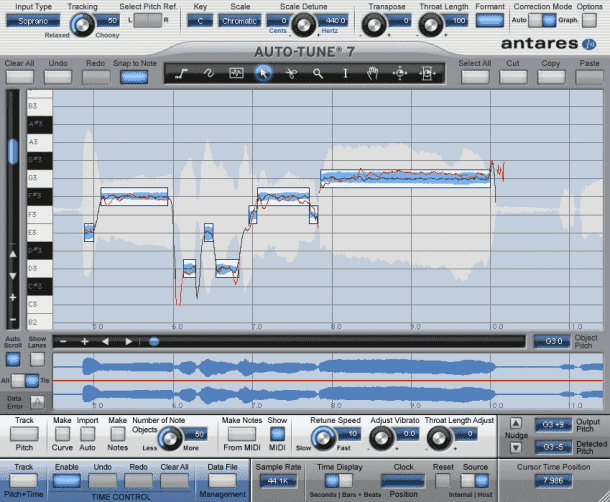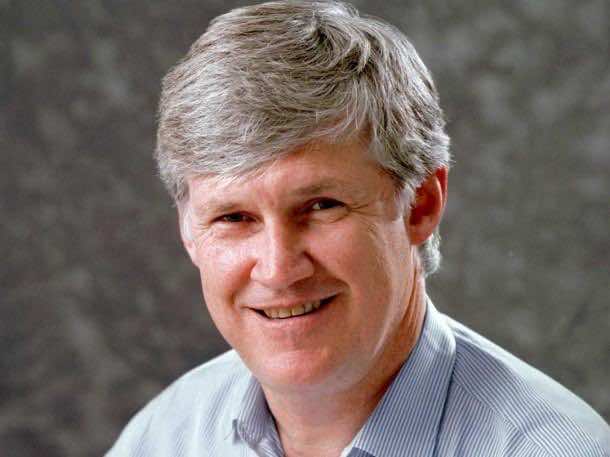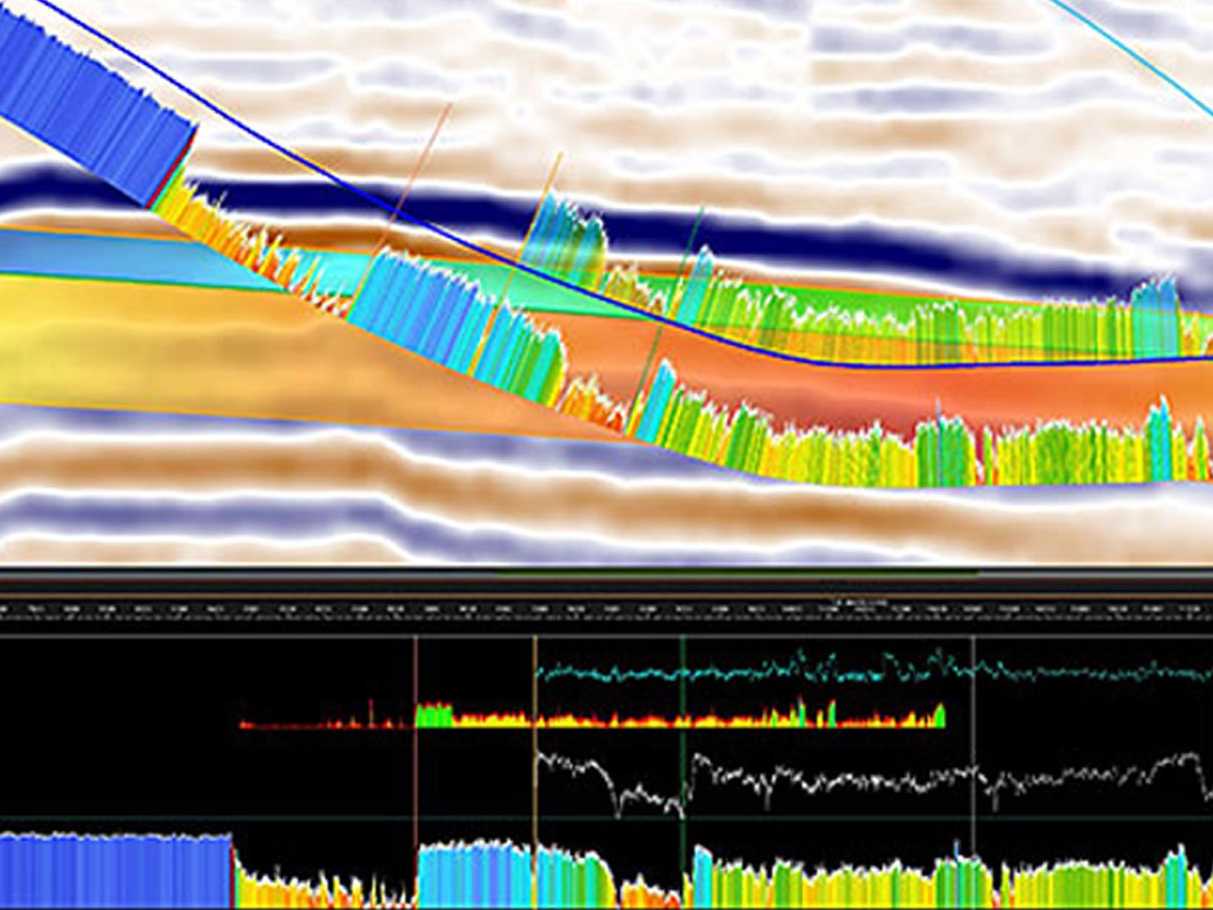Discovering Auto-Tune wasn’t just a coincidence. Hindebrand, combining his professional expertise in reflection seismology with his love for music did wonders. Being a professionally trained flutist since a very young age, he managed to transfer his qualifications to the field of music in 1990 by launching a company chiefly focused on sampling software and digital music processing, called Antares Audio Technologies. It wasn’t until a few years later, that he introduced his major break through with the Auto Tune Feature. It was inspired by a distributor’s wife comment on how cool it would be to have a device that would keep her notes in tune while singing.
Hildebrand, after working on the the concept extensively, realized that it was not all that impossible. Because he knew that the type of processing he needed to correct pitch was exactly the type of processing he used in the oil industry.
“Seismic data processing involves the manipulation of acoustic data in relation to a linear time varying, unknown system (the Earth model) for the purpose of determining and clarifying the influences involved to enhance geologic interpretation. Coincident (similar) technologies include correlation (statics determination), linear predictive coding (deconvolution), synthesis (forward modelling), formant analysis (spectral enhancement), and processing integrity to minimize artefacts. All of these technologies are shared amongst music and geophysical applications.”
Notwithstanding the fact that other ways of correcting pitch did exist before Auto-tune but admittedly, none of those were as incredibly easy and user friendly as Auto-Tune. It even allows the user to select a key and the rest of the work of correcting notes to the right pitch is left for the software to do.
“People couldn’t believe what they were hearing. I had trouble convincing several of them that I wasn’t pulling wool over their eyes.”; Says Hildebrand.
For Hildebrand, developing this software was a gift to artists to let them worry about the art and emotional part of it and leave the technical details out of their work.
“The singer’s first take is often their best, it’s full of vitality and emotion,” Hildebrand said in 2004. “After the take, their producer will announce ‘great but the second phrase was pitchy so let’s do it again.’ Well, now the singer’s worried about pitch and has to focus on the intonation and the vitality and emotion are gone from their performance. What Auto-Tune lets the producer do is fix the first take.”
Auto-Tune, although a major breakthrough, was kept at a low-profile in the industry until 1998 when Cher used this software in one of her hits “Believe”, to create a robotic voice.
“Most major studios were using this software for pitch correction. The studios didn’t like to talk about what they were doing,” Hildebrand stated. “They didn’t advertise the fact they were fixing the singer’s pitch, but they did… [Cher] was just the first to make it public.”
The music industry of today probably owes a lot to Hildebrand and his Auto-Tune software.


